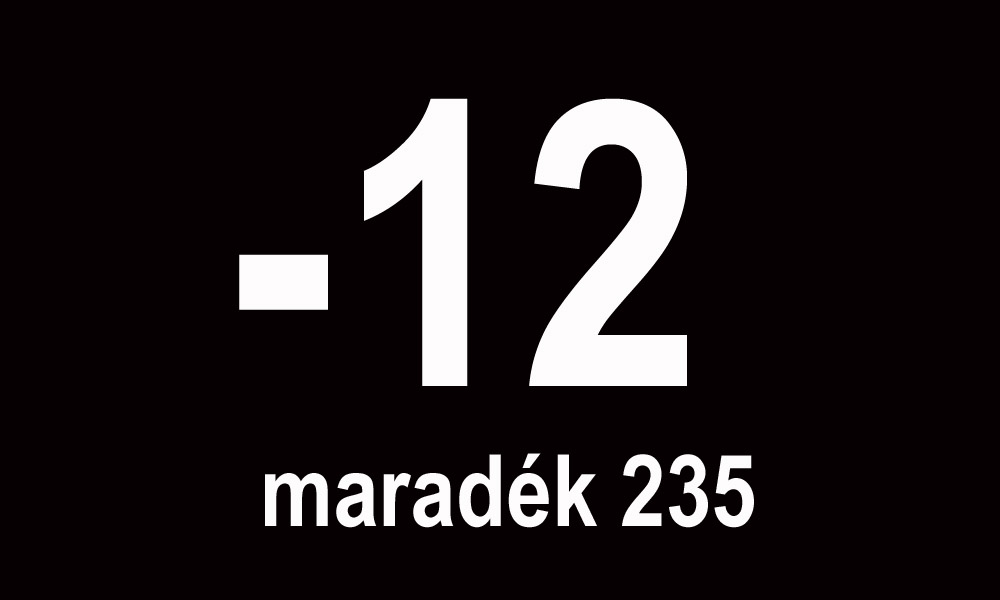A café awning in central Budapest reads “things of the past live always with us.” While the establishment is quiet, filled with tourists devouring goulash, that maxim is playing out in real-time just down the street, in Freedom Square (Szabadság Tér). There, Hungary’s turbulent twentieth century history is being interpreted and reinterpreted in fraught conflicts over which monuments should occupy the plaza.

The symbolic debate has been conducted in and around that space since the fall of Communism, with a memorial to the Soviet Red Army, a bronze of Ronald Reagan and other monuments vying for pride of place. The jostling has accelerated this spring, as demonstrators forcibly delay construction of a government-backed World War II memorial that symbolically depicts the German invasion of Hungary. Local and international Jewish groups, as well as Israel, say the planned monument fails to acknowledge Hungary’s complicity in the mass deportation of its Jews. The government has erected protective barriers around the construction site but protestors keep pulling down the fencing.
In 1991’s flush of freedom from Soviet domination, local councils voted to exile most of Budapest’s Communist monuments to a kitsch “statue park” on the outskirts of the city. Though Hungary joined the European Union in 2004, the mélange of statuary in Freedom Square reflects the nation’s ongoing struggle to define a new identity.
Under the Austro-Hungarian Monarchy (1867-1918), Hungary experienced a golden age. But World War I resulted in bitter defeat and with the collapse of the dual monarchy and the peace settlement known as the Treaty of Trianon, Hungary lost about two-thirds of its historic territory and a comparable portion of its population. By 1920, Admiral Miklós Horthy had re-established Hungary as a kingdom, and a nationalist quest to reunite this “Greater Hungary” defined his rule. That year, his government erected a slew of statues meant to mourn the lost territory of Trianon in the same square where protestors are battling the government today.
Horthy is also the ruler who, in the lead-up to World War II, allied Hungary with the Axis nations. That partnership was made official in 1940, but later Horthy regretted his decision and began negotiating with the Allies. Consequently, in March 1944, Germany invaded—though it allowed the Horthy government to remain in office. It was in this complicated political context that Hungary deported 437,000 Jews, who were later murdered in Auschwitz. When Horthy tried to disengage from the war again in October, the Fascist Arrow Cross Party toppled his government in a Nazi-backed coup.
The Arrow Cross did not last long. World War II was coming to a close and by April 1945, Soviet troops had taken Budapest. To mark that change of politics, the Soviets cleared Freedom Square of the Horthy-era structures and erected a large obelisk topped with a Communist star, in honor of the Red Army’s “liberation” of Hungary. Protected by a bilateral treaty between Hungary and Russia, that monument remains the centerpiece of Freedom Square today. It is a source of contempt for many locals, who view the Soviet “liberation” as the beginning of decades of imperial subjugation.
more: Failedarchitecture

 MMA countdown – Free Artists welcomes the resigned MMA-members!
MMA countdown – Free Artists welcomes the resigned MMA-members! TRANSZPARENCIÁT!
TRANSZPARENCIÁT!